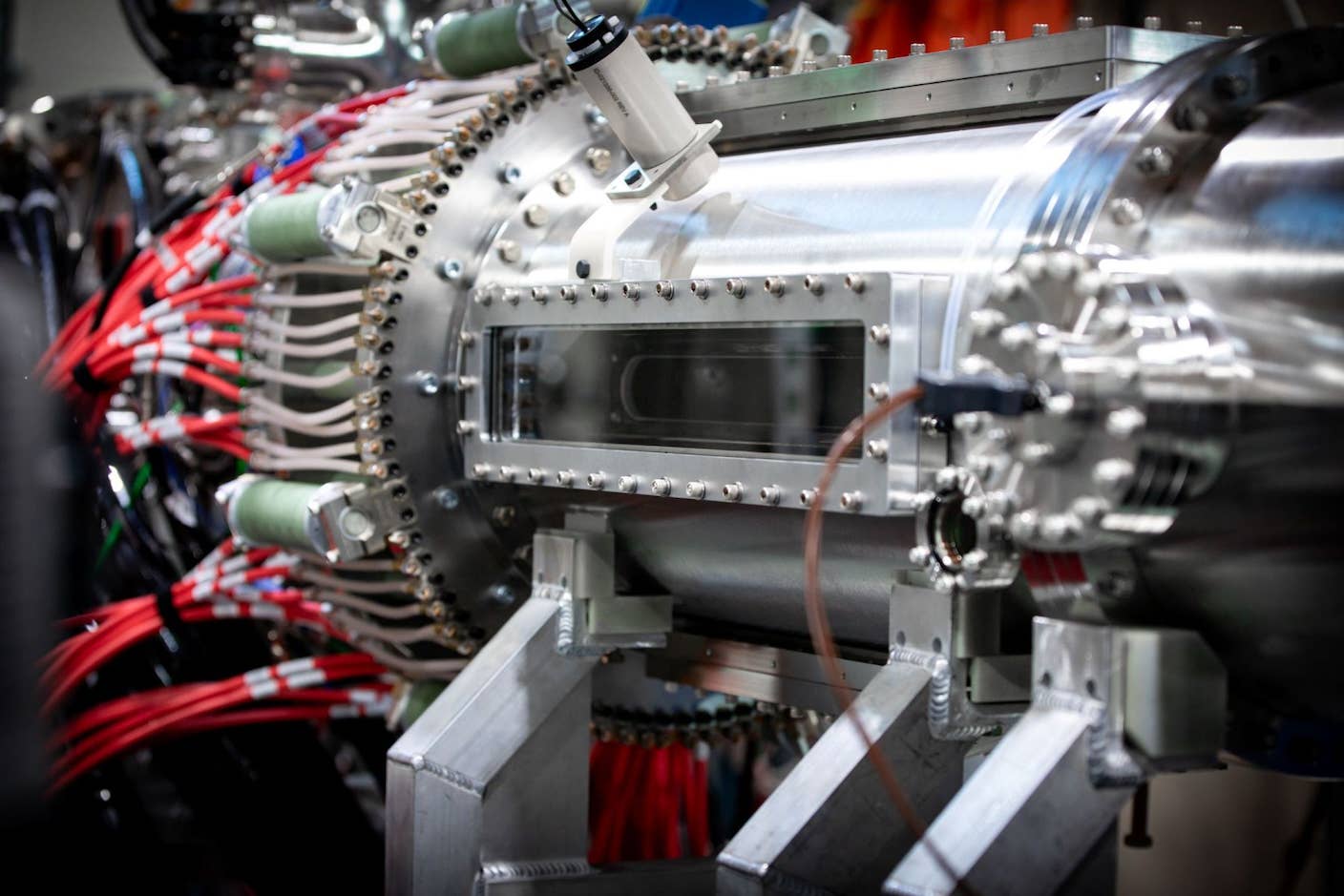Report: Energy Remains As “Dirty” As Ever Despite Rise Of Renewable Energy
A new report from the International Energy Agency shows that, despite the rapid spread of renewable technologies, the energy produced today is just as “dirty” as it was 20 years ago.

Share
With all the news about wind farms, record-breaking solar power stations, and burgeoning sales of hybrid-electric vehicles one could be forgiven for actually thinking that renewable energies were actually making our energy cleaner. They haven’t. A new report from the International Energy Agency shows that, despite the rapid spread of renewable technologies, the energy produced today is just as “dirty” as it was 20 years ago.
The Clean Energy Ministerial first convened in 2009 with the goal of bringing together world leaders to promote clean energy technology. Twenty-two countries participate in the CEM. Because these countries account for 75 percent of the world’s energy consumption, they are powerfully positioned to drive a global transition to cleaner energy.
But in a recent speech to the Clean Energy Ministerial, International Energy Agency Executive Director, Maria van der Hoeven, had some bad news: “The drive to clean up the world’s energy system has stalled. Despite much talk by world leaders, and despite a boom of renewable energy over the last decade, the average unit of energy produced today is basically as dirty as it was 20 years ago.”
The report lists three areas for which it gauged progress: (1) Technology penetration: how much are clean energy technologies being used? (2) Market creation: what is being done to foster the necessary markets? (3) Technology developments: how are individual technologies performing?
![Renewable energy like wind energy has spread rapidly in recent years, but dependence on carbon remains, largely due to government subsidies. [Source: Wikipedia]](https://singularityhub.com/wp-content/uploads/2013/04/image2A10.jpg)
Renewable energy like wind energy has spread rapidly in recent years, but dependence on carbon remains, largely due to government subsidies. [Source: Wikipedia]
Renewable energy like wind energy has spread rapidly in recent years, but dependence on carbon remains, largely due to government subsidies. To track clean energy progress, the report introduces a metric called the Energy Sector Carbon Intensity Index (ESCII), which measures how much tons of carbon dioxide is emitted for each unit of energy supplied. In 1990 the ESCII was 2.39 tons of CO2 per ton of oil equivalent; in 2010 that number was 2.37.
Be Part of the Future
Sign up to receive top stories about groundbreaking technologies and visionary thinkers from SingularityHub.


Twenty Earth Days down the drain...or gas tank.
The report showed that progress for the majority of technologies that could save energy or reduce carbon dioxide emissions. But it also showed that, between 2011 and 2012, wind energy grew by 19 percent and solar voltaic energy grew by 42 percent, and that China, Brazil and India are coupling their surging economies with policies that foster renewable technologies. Also reassuring are the sales of hybrid-electric vehicles which passed the one million mark in 2012. In the same time electric vehicle sales doubled, reaching 110,000 worldwide.
Global energy demand is expected to increase by 25 percent over the next decade, according to the report. Partly in response to this, many emerging economies are introducing or toughening their energy efficiency regulations. But van der Hoeven mentioned that while many countries are improving the fuel economy of their passenger vehicles, standards between countries still vary widely.
Natural gas may be, in part, to blame for the continued reliance on coal. In recent years natural gas has experienced a revival in the United States due to technological advances – chiefly a new way of drilling called fracking. The boom in natural gas availability pushed natural gas prices down last year to a 10-year low in the US. But the drop in US demand for coal sparked a drop in the price of coal, which in turn sparked a shift in Europe where coal replaced much of the more expensive gas to supply power stations.
The IEA report ends with a series of recommendations to “set the clean energy transition in motion.” They want governments to set consumer prices to reflect the true cost of energy through carbon pricing and to phase out fossil-fuel subsidies. They also recommend developing more economic incentives for renewable technologies such as developing long-term policies that will motivate investors to switch from traditional energy sources to low-carbon technologies. Because as the Carbon Intensity index shows, you can have all the Earth Days you want, but if it doesn’t make economic sense, nobody’s going to want to do it.
Peter Murray was born in Boston in 1973. He earned a PhD in neuroscience at the University of Maryland, Baltimore studying gene expression in the neocortex. Following his dissertation work he spent three years as a post-doctoral fellow at the same university studying brain mechanisms of pain and motor control. He completed a collection of short stories in 2010 and has been writing for Singularity Hub since March 2011.
Related Articles

Hugging Face Says AI Models With Reasoning Use 30x More Energy on Average

Startup Zap Energy Just Set a Fusion Power Record With Its Latest Reactor

Scientists Say New Air Filter Transforms Any Building Into a Carbon-Capture Machine
What we’re reading
![[Source: Wikipedia]](https://singularityhub.com/wp-content/uploads/2013/04/image4A1.jpg)